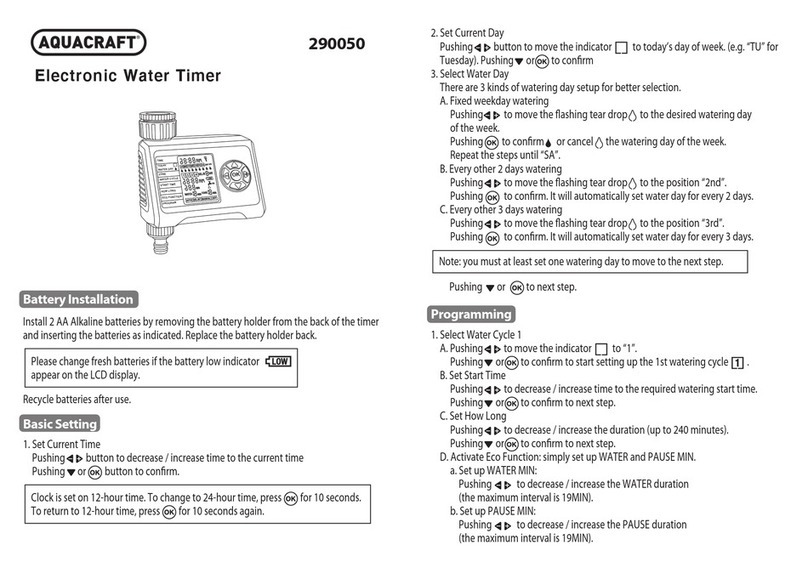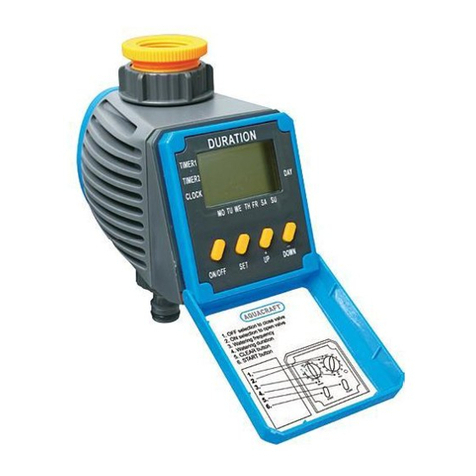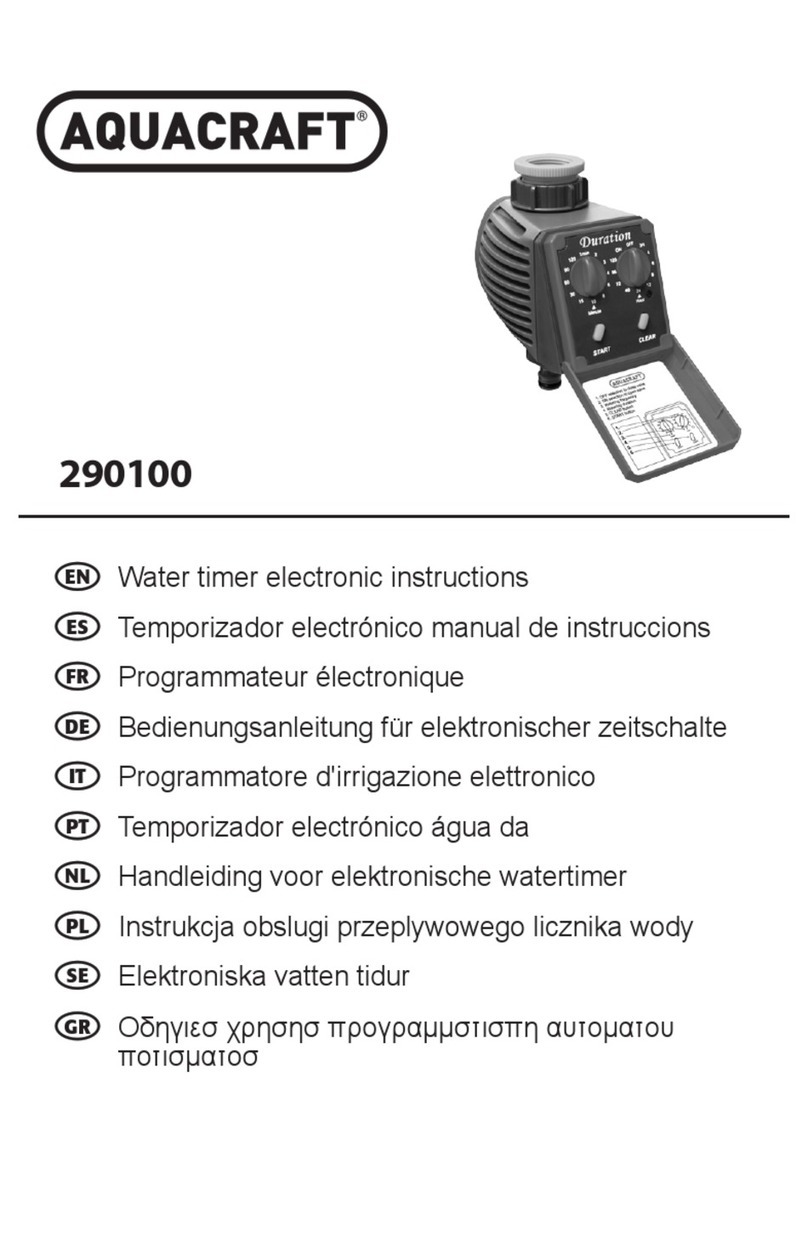
3
SAFETY PRECAUTIONS
• Never, ever, attempt to swim after a stalled RC boat. DO NOT
get in the water for any reason to retrieve your boat. Your TS3
has flotation added to the interior of the hull and the cowl. They
will not sink. To aid you in retrieving a stalled RC boat you can
use a fishing reel with a tennis ball tied to the end of the line. Or
better yet, get yourself a small Jon boat so you can row out and
pick up your boat. Remember to use a PFD any time you enter
your retrieval craft.
• AquaCraft products are to be used by ages 14 and over.
• Do not touch the propeller anytime the engine is running. Pay
equally close attention to items such as loose clothing, shirtsleeves,
ties, scarves, long hair or anything that may become entangled in
the spinning prop. If your fingers, hands, etc. come in contact with
the spinning propeller, you may be severely injured.
• The speed and mass of this boat can inflict property damage and
severe personal injury if a collision occurs. Never run this boat
in the presence of swimmers or where the possibility of collision
with people or property exists.
• Glow engines produce heat. Do not touch any part of your engine
until it has cooled.
• This boat is controlled by radio signals, which are susceptible to
possible interference from other R/C transmitters, paging systems,
or other electrical noise. Before turning your radio transmitter and
receiver on, make sure no one else in the area is operating a radio
on the same frequency (channel).
• If your TS3 should happen to stall, water currents will slowly carry
it to shore. The bad news is that the boat could be carried to the
opposite shore. When surveying areas to run your model, keep
variables in mind such as wind direction, size of the lake, etc. It is
not advisable to run R/C boats on any free-flowing bodies of water
such as creeks or rivers.
WARRANTY SERVICE
AquaCraft will warrant your model for 90 days after the purchase
from defects in materials or workmanship of original manufacture.
AquaCraft, at their option, will repair or replace at no charge, the
incorrectly made part. This warranty does not cover damage caused
by crash, abuse, misuse, alteration or accident. To return your boat
for service you need to provide proof of purchase, your store receipt
or product invoice will suffice.
IN NO EVENT SHALL THE PURCHASER BE ENTITLED TO ANY
INCIDENTAL, SPECIAL, INDIRECT OR CONSEQUENTIAL DAMAGES,
WHETHER RESULTING FROM THE USE, MISUSE OR INABILITY TO
USE THE PRODUCT OR FROM DEFECTS IN THE PRODUCT.
This warranty gives you specific legal rights and you may also have
other rights, which vary from state to state.
Outside USA and Canada, contact local importer for warranty
information.
Hobby Services
3002 N. Apollo Drive, Suite 1
Champaign, Illinois 61822
Attn: Service Department
Phone: (217) 398-0007 9:00 am - 5:00 pm Central Time M-F
FEATURES & SPECIFICATIONS
BOAT SPECIFICATIONS:
Hull Length: 30" (765mm)
Overall Length: 36" (915mm)
Width: 10.5" (265mm)
Height: 6" (154mm)
Weight (less fuel): 5 lbs (2.3 kg)
BOAT FEATURES:
Race-winning heritage
Fiberglass construction
High gloss, fuel-resistant painted finish
Water-resistant radio box
8 oz molded plastic fuel tank






























